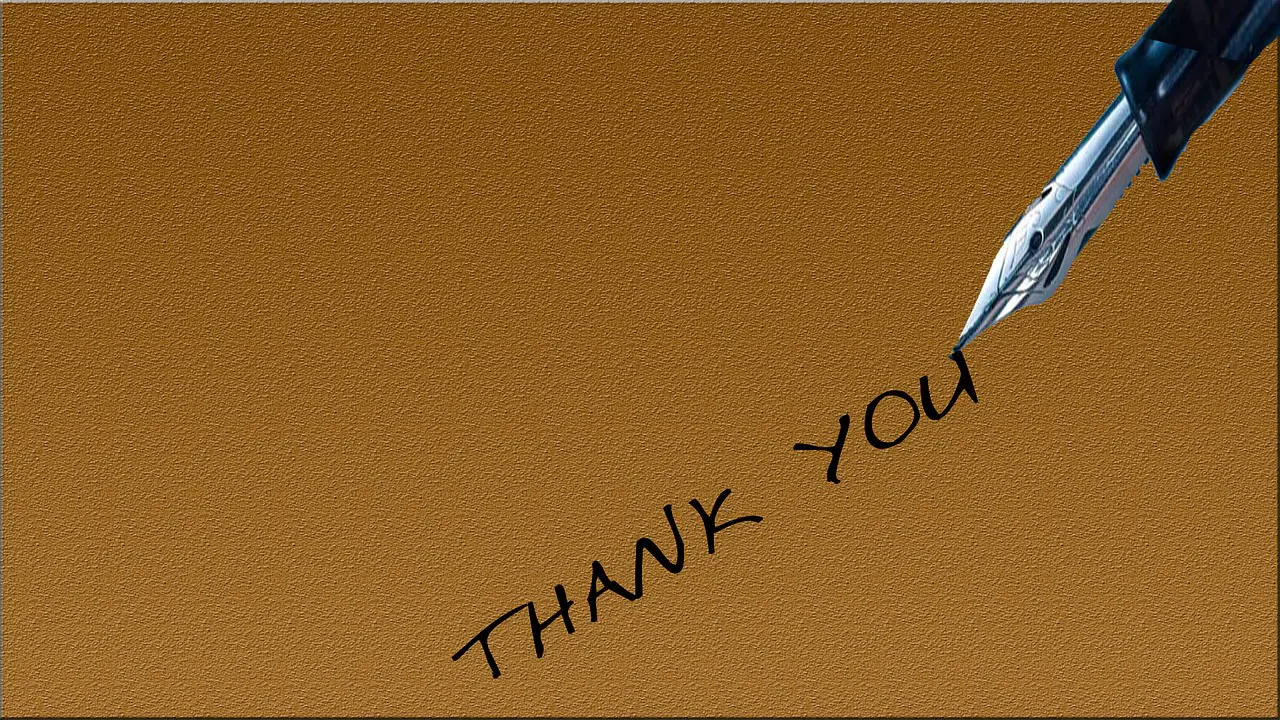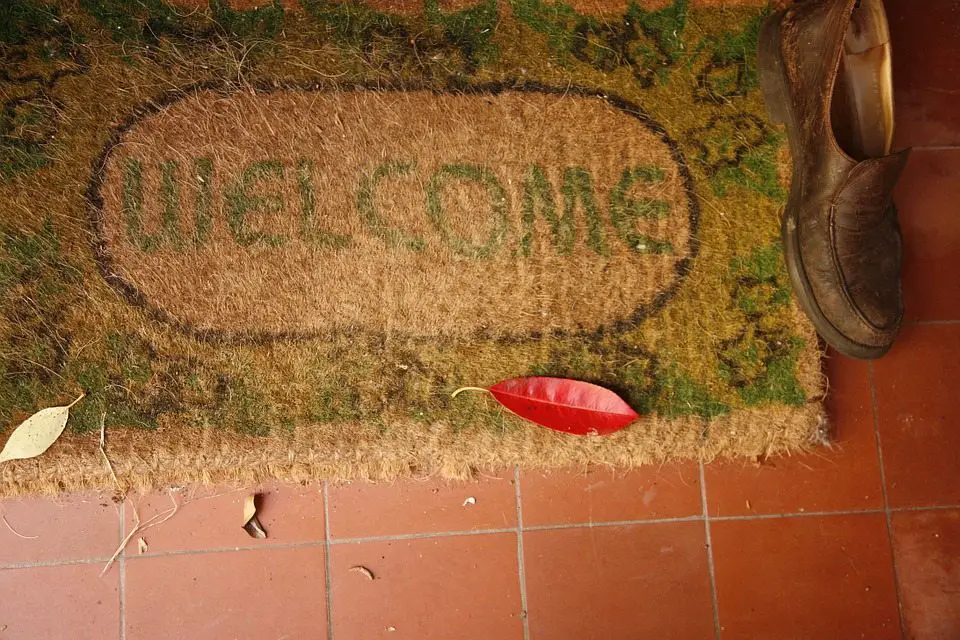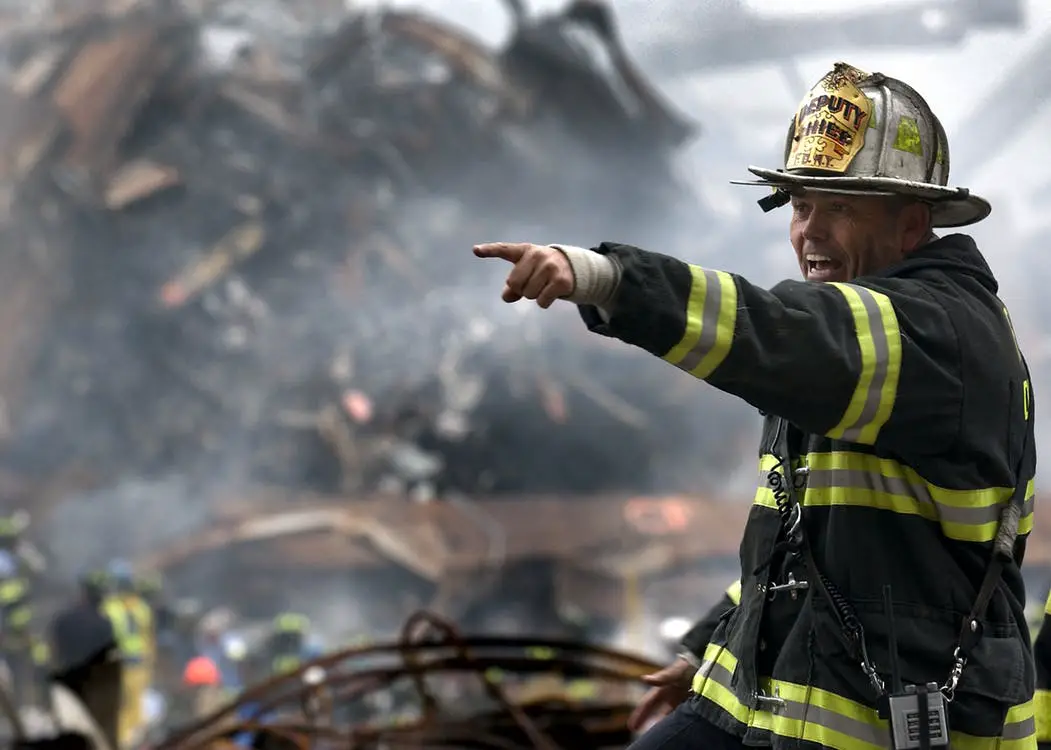
As a former radiology medical student, resident, and fellow, I had always wondered whether the post-interview thank you letter makes a difference. Now that I am on the other side of the fence as a radiology attending, I can tell you that it can change your destiny. So, today I will talk about why a post-interview thank you letter is so important. In addition, we will also discuss whether you should physically write a letter or send an email.
Reinforcing The Connection
Picture this from the program director’s point of view. You converse with an applicant during an interview. And then, you find commonalities that connect both of you, the attending and the interviewee. How long does that connection last? Well, when you have 5-10 interviews with most of them having some sort of interesting conversation, not so long. So, how do you reinforce the excellent discussion you just had? Let me give you a hint… An excellent thank you letter!
Token Of Appreciation- It’s Polite
Not to say that Millenials are not appreciative. But, many express their appreciation in different ways. That said, an old-fashioned gen-Xer or baby boomer understands the significance of a thank you letter differently than a Millenial. It may not seem so important to you right now. I mean, how important can a thank you letter be? Well, perceptions differ widely depending on your generation. Some take insult to not receiving a thank you. Why play with fire? If the residency interests you, you can’t lose. Just send the thank you letter!
Networking- Helps With Finding Your Next Job
For those who do not know, program directors, fellowships directors, and chairpersons talk about their applicants. And sometimes, a great applicant may not rank highly enough in a program to match. Or perhaps, there are a whole bunch of applicants for one attending position. In this case, each applicant was great, but only one fits the bill. You never know. So sometimes, the thank you note receiver can give that push for the interviewer to mention your name to another bigwig because you wrote such a nice thank you letter. You never know… It can get you that next job.
Can Increase Your Ranking
Not to mention names of programs… But, at some programs, a thank you letter will bump you up a few notches in a rank list. Or, when there are many applicants for one job, and only one writes a thank you note, you significantly increase your chances of being selected for the post. So, just go ahead and do it!
Email Vs. Written- The Big Controversy
Based on the reasons above, I think I have easily supported the argument for writing the thank you note. Now, the even more pressing question (drum roll, please…): Do you write a handwritten thank you note? Or is shooting off a simple email enough?
I have less intense feelings about whether you should write or email. Let me give you an example. For someone like me, who has the worst handwriting since the dawn of language, I think a handwritten letter would counteract any positives of writing a thank you note. (I can picture the reader saying, “What the hell is that? This guy is disorganized and messy. Look at that handwriting. I’m not taking him here!”) On the other hand, for those of you that have great handwriting, a written thank you note can seem more personal and add to your application. I’ve seen some incredible thank you letters with a beautiful script that impress me.
So basically, the answer to this question, unfortunately, is: that it depends. On the other hand, a thank you note is almost always better than no thank you note. So, if you feel more comfortable writing an email instead of a written thank you letter: go for it!!!
The Thank You Letter Summarized
So, we now know how the thank you letter supports your application. And, it probably does not matter whether or not it is handwritten. Therefore, if you want to reinforce your connections, show that you are respectful, increase your chances of quality networking, and possibly increase your ranking or the possibility of getting that next job, bite the bullet and just write that thank you letter. There is no downside!!!














